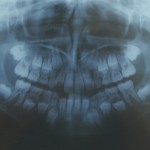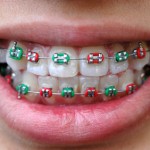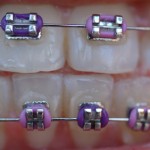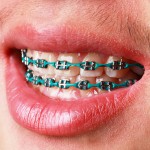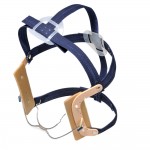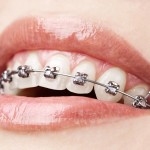
The application of dental bonding to orthodontics had had a significant impact on with bonded appliances replacing multi-banded systems. With the development of bonding systems there is increasing interest in 1-step systems. These self-etch systems (SEPs) are used by about 30% of American practitioners and are thought to reduce chair-side time. The aim of this [read the full story…]
